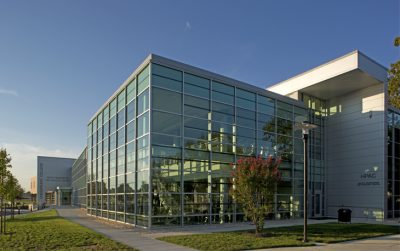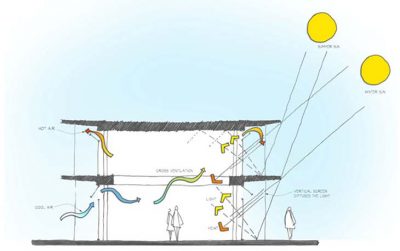Grass Roots Effort
As participants in the creation of our built environment (which collectively consumes over 40% of the worlds energy production!), architects and our clients have a greater role than most in making a positive impact on the current and future well being of our society – our institutions and the people they serve.
By its very definition, sustainable design and construction can and should be a win-win proposition for our clients and their communities. Done effectively, it results in lower energy consumption and life-cycle cost, less maintenance, and healthier, more productive, and more effective, living and working environments.
MCA has proven that if desired, every project presents an opportunity to incorporate some level of sustainable thinking into its life-cycle. Very early in the design process, we confer with our clients to review the project scope from a sustainability standpoint. With proprietary tools such as MCA I GreenTalk™, we work together to identify and incorporate those approaches that have the most impactful results that work within the Owners project parameters.
Our responsibility does not end when a project ends – Marshall Craft Associates is determined to leave positive and lasting marks on our ecosystem and in our community. We not only incorporate sustainable practices into our work, but actively assess our own firm’s environmental impact. We must reflect what we create: sustainable spaces that benefit the wellness of people and the environment in which they inhabit. Sustainable design – it’s the Right Thing to do, and we do it well.











